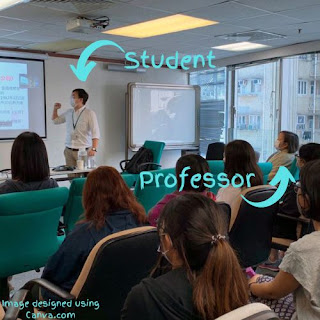The Not-so-surprising Relationship Between Time Spent in Online Courses and Course Satisfaction
Surprise! Online courses are more enjoyable the more time I spend in them.
(Note: I have said "spend in" not "spend on." I don't believe asynchronous online courses should run like ATMs or pre-recorded customer service phone calls.)
I had this realization over the summer while teaching two asynchronous online courses simultaneously. One was a graduate course in the education department. The other was a lower-level undergraduate course in psychology. I set them up identically, but quickly found myself spending more time in the graduate course. Even after one week, my cursor was drawn to the graduate course whenever I had an hour to spare on course facilitation duties. I read discussion posts with greater interest, and I responded with more spontaneity and enthusiasm. In my undergraduate class, my responses tended to match the attitude and quality of the posts I was reading--namely, they were perfunctory.
Within four weeks, I was excited about logging into my graduate course and filled with dread about logging into the undergraduate class. All told, I probably spent 10x more hours in the graduate course than in the undergraduate course. I was more interested in the feedback from the graduate students, and feel like I'm more likely to hear back from them sometime down the road. In retrospect and in my mind, the graduate course is a shining example of the potential of online courses, whereas the undergraduate course has been thrown into the pile of other perfectly adequate online courses.
What did I learn? I learned that I get out of my asynchronous classes what I put into them. I knew this early in my career, too. When I first started teaching, I had 6 courses with one online. I repeatedly forgot about the online one, and for it I did the least amount of work possible. To this day I'm embarrassed to hear that a student took me online sometime in the past. What they took was the course shell that I had designed (with compulsory prerecorded lectures, compulsory quizzes, compulsory discussions, etc.). They had taken the Whitehead package. They didn't get any of me and I didn't get any of them.
That's why, earlier, I specified that the time has to be spent in the classroom. Time spent interacting with students. Asking and answering questions. Sharing personal stories. Providing feedback or resources when these are called for. Making connections with students in that space.
I honestly don't think it has anything to do with the quality of technology that is used, either. It doesn't matter how aesthetically pleasing the discussion software is or the video/audio quality of lectures. If quality interactions are missing, then the course will be lifeless (not quite fair to call it "dead").



Comments
Post a Comment